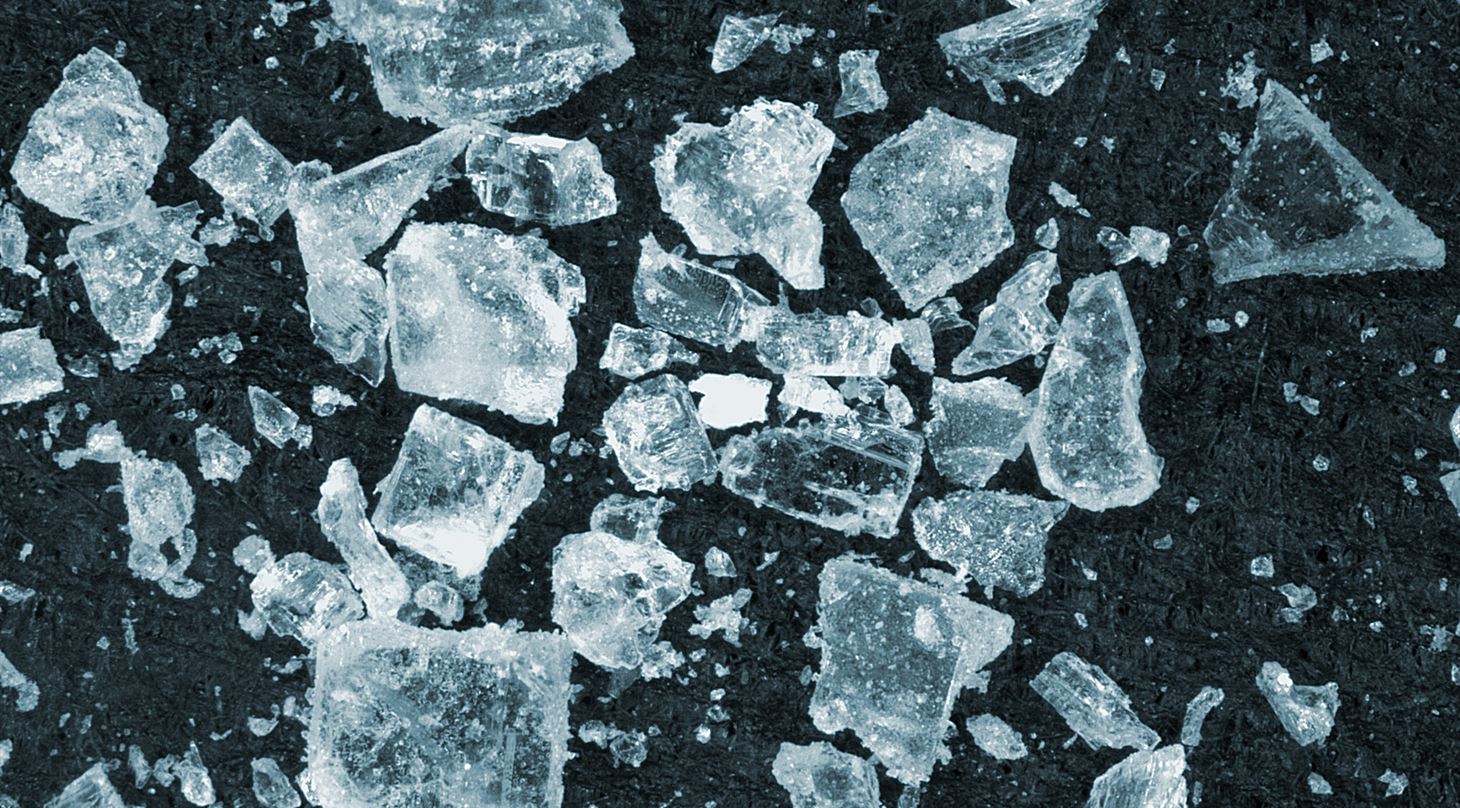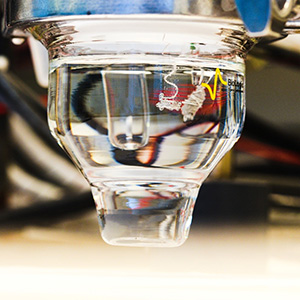
X-ray Diffraction - An Atomic View Into Your Material
Which polymorphs are present in your sample? What is the relative distribution of minerals in a geological sample? How big are the particles in a nanomaterial? With X-ray diffraction, we can analyze crystalline material and minerals.
X-ray diffraction is a non-destructive characterization technique, which provides a wide range of sample information on the atomic level. The most common questions to be answered using X-ray diffraction are related to the crystalline components of the sample; phase-identification down to 1w%, relative phase-fractions, composition and crystallite size of nanomaterials. The possibilities are many, and such insights may be crucial for your product development and/or quality assurance.
Mostly, we investigate pharmaceutical samples such as powder and tablets and geological materials such as mineral samples of sand and oil. In a pharmaceutical sample we identify the polymorphs present and identify crystalline impurities. As different polymorphic forms will have different properties, this is of extreme importance in pharmaceutical materials. Mineral samples are often more complex, and several crystalline phases may be present. Here, we use reference material from a diffraction-database and perform quantitative analysis such as Rietveld refinement, to determine the relative fractions of the different phases.
At the Danish Technological Institute we offer analysis on a state-of-the-art X-ray diffractometer. We collect and analyse both diffraction patterns (PXRD/WAXS) and small-angle X-ray scattering (SAXS). Combined, these techniques can provide information on particle size, morphology and crystallite size, which can be the key information needed to understand problems in processing or development of products.
In addition to our in-house diffractometer, we make use of synchrotron radiation for more advanced structural characterization. Since the X-ray generated at synchrotron facilities are way more intense, time-resolved experiments are possible. For instance, we can investigate structural changes of material during heating or similar treatment.
We Can Help You With:
- Polymorph analysis, impurity analysis, and QA of pharmaceutical powders
- Size and phase identification of nano crystalline materials
- Phase identification for comparison of different reference materials
- Phase identification, particle size and particle size distribution of cosmetic products
Our Methods:
- Powder X-ray diffraction (temperature range 25 °C - 1200 °C)
- X-ray diffraction on solid materials and liquids
- 2-dimensional X-ray diffraction
- Small angle X-ray scattering (SAXS)
- Micro-focus X-ray diffraction
 Case: Topsil GlobalWafers A/S
Case: Topsil GlobalWafers A/S
Danish Technological Institute helps Topsil GlobalWafers A/S prove their silicon quality with topography. Topsil is a world-leading supplier of ultrapure silicon, which is used to make energy-efficient power components used in wind turbines, high-speed trains, and motors.
Read more
 Case study: Nickel's role in advanced catalysis
Case study: Nickel's role in advanced catalysis
Our research focuses on making clean energy production more sustainable and cost-effective. We're exploring ways to reduce the use of iridium, a rare and expensive metal, in hydrogen production systems. By adding nickel to existing catalysts, can we enhance catalyst performance while using less scarce resources? This breakthrough could make green hydrogen technology more accessible and widespread, supporting the global transition to cleaner energy sources.
Read more
Additional Techniques
Beyond X-ray diffraction, we offer a suite of complementary techniques to ensure the most thorough analysis possible. Whether you need additional characterization methods or material testing, we have the tools and expertise to meet your needs.
Ready to enhance the quality and integrity of your materials? Please contact our specialist Olivia Aalling-Frederiksen for more information. She can be reached at ofr@dti.dk or +45 7220 3042.